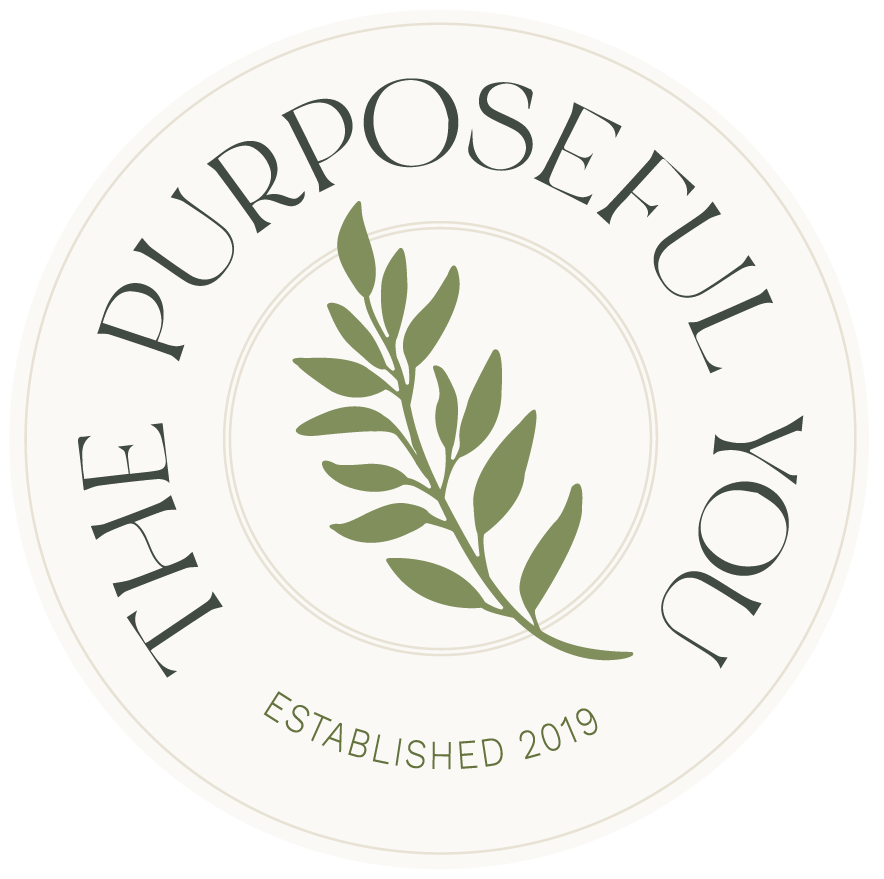10 Swaps to Make in the Kitchen to Reduce Waste!
It’s all about reducing waste in the kitchen when ever we can and this starts at the grocery store! Bringing less waste into the home produces less waste out of the home.
Our goal is to inspire you to make conscious habits to live a purposeful and sustainable lifestyle that feels good!
Here’s 10 swaps to make in the kitchen to reduce waste:
Reusable produce bags instead of single use plastic bags. Whether you’re at the grocery store or farmers market this is one of the best swaps you can make! It’s all about reducing single use plastics. We love when people turn heads as we use our cotton bags instead of plastic for our produce. Our favourite company is The Market Bags and they source as much up-cycled cotton as possible!
Photo Credit: The Market Bags
Reusable grocery bags instead of plastic/paper bags. We hope this is a habit already but if it’s not here’s some ways to ensure you don’t forget your reusable bags on your next grocery shop. Always leave 2-3 in the car as a back up stash, write a reminder note on your grocery list or when you come home from grocery shopping make it a habit to put your bags back in the car right after you unload the food.
All natural scrubs and brushes instead of sponge pads that contain micro-plastics. This is one of the best swaps you can make for our oceans. Everything that goes down the drain can harm our sea life. Many of the products we grew up with contain micro-plastics that float in the oceans or the birds eat them in the landfill. There’s switches we can make, when in doubt research the company! We use Safix Scrubs made with coconut husks and they are compostable!
Beeswax wraps instead of plastic wrap! If you haven’t tried them they should be on your list! If you’ve tried them but didn’t know how it all worked, give them another try! Beeswax wraps are made from 100% cotton, beeswax, pine tree resin, and jojoba oil. We use them to wrap half avocados, cheese, bowls and more! Our favourite wraps are Nature Bees.
Photo Credit: Nature Bees
DIY dish soap or solid dish soap block instead of liquid soap that comes in containers you recycle weekly. Did you know that only 9% of what we recycle actually gets recycled? We are all about making our own with ingredients we buy in bulk at the refill store. Did you know that over 95% of your liquid dish soap is actually water? The other option is buying concentrated soap where you add water to a glass container you reuse. There’s also solid dish blocks, So many options here!
Solid cotton reusable bags for the bulk section instead of single use plastic bags. Most of the bags you can purchase for bulk show a tare weight on it so that you don’t pay more for using a reusable bag! Pour that quinoa or oats into those bags! The Market Bags makes beautiful bags in all different sizes and colours as seen in the photo below. Low waste can look pretty!
7. Swedish Cloth (aka sponge cloths) means no more paper towel! One Swedish cloth replaces 16 rolls of paper towel. Talk about savings, making your kitchen prettier and producing less waste! We use our sponge cloths for so many things but mainly to clean our counters and beeswax wraps. We suggest checking out Ten and Co for their selection and more information on how to use them.
8. Reusable snack packs or containers instead of zip lock bags. We haven’t bought zip lock bags in YEARS! We are still washing the ones we have as the first step to a low waste lifestyle is using up what you have first! Having containers that are durable or fabric ones for the kids can be a great way to snack on the go without throwing the bag away.
9. Buying coffee or tea in bulk instead of small bags you recycle over and over again. Find a local company that will fill up your own container with coffee beans or purchase loose leaf tea in bulk. Many tea bags actually contain microplastics and can’t be put in the compost. Always check the lablel.
10. Label a container with “Eat Me First” on it to save food waste! Ok ok this may not be a swap but it’s a great way to reduce food waste in the fridge which means less waste in the kitchen! Having a container you put that lime or avocado into that needs to be eaten first can help the whole family reduce food waste. Who else has lost a lime in the fridge and found it months later???
We hope we have inspired you to make your own checklist to become more conscious of the waste you produce in the kitchen. Remember, it’s a journey and it takes time to make habits. One step at a time to not feel overwhelmed. YOU GOT THIS!
* Note: Links featured in the above post are commissionable/affiliate links.







